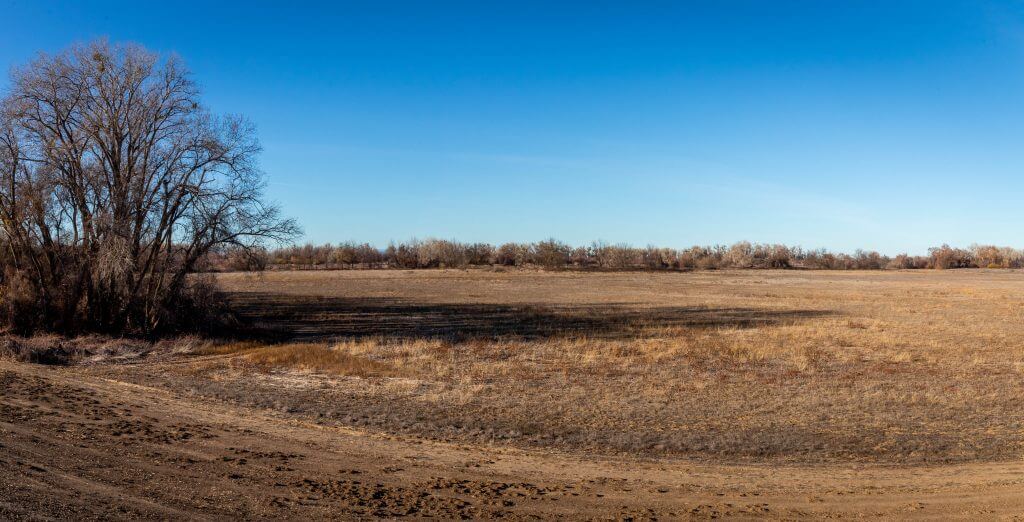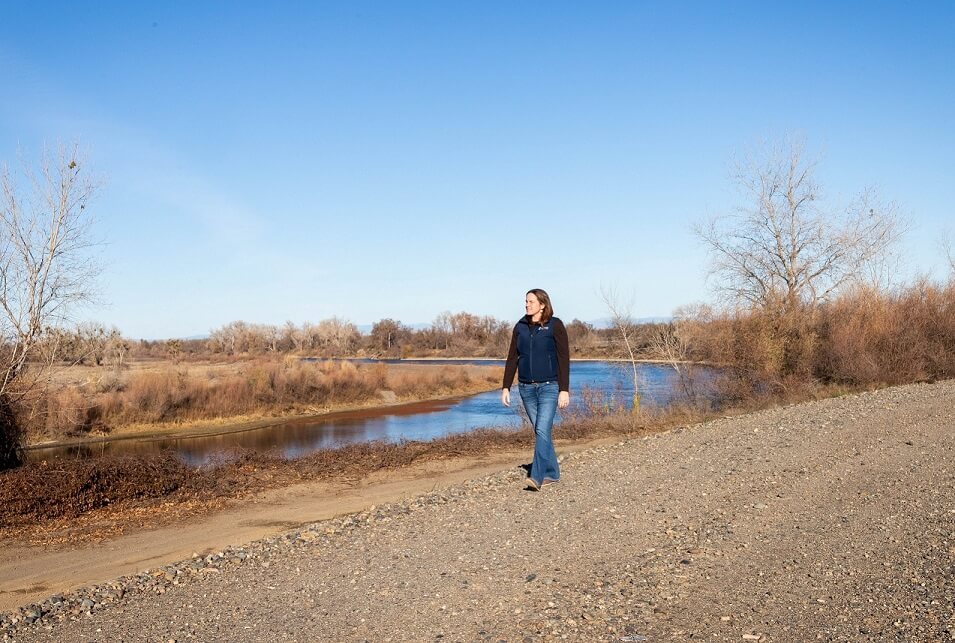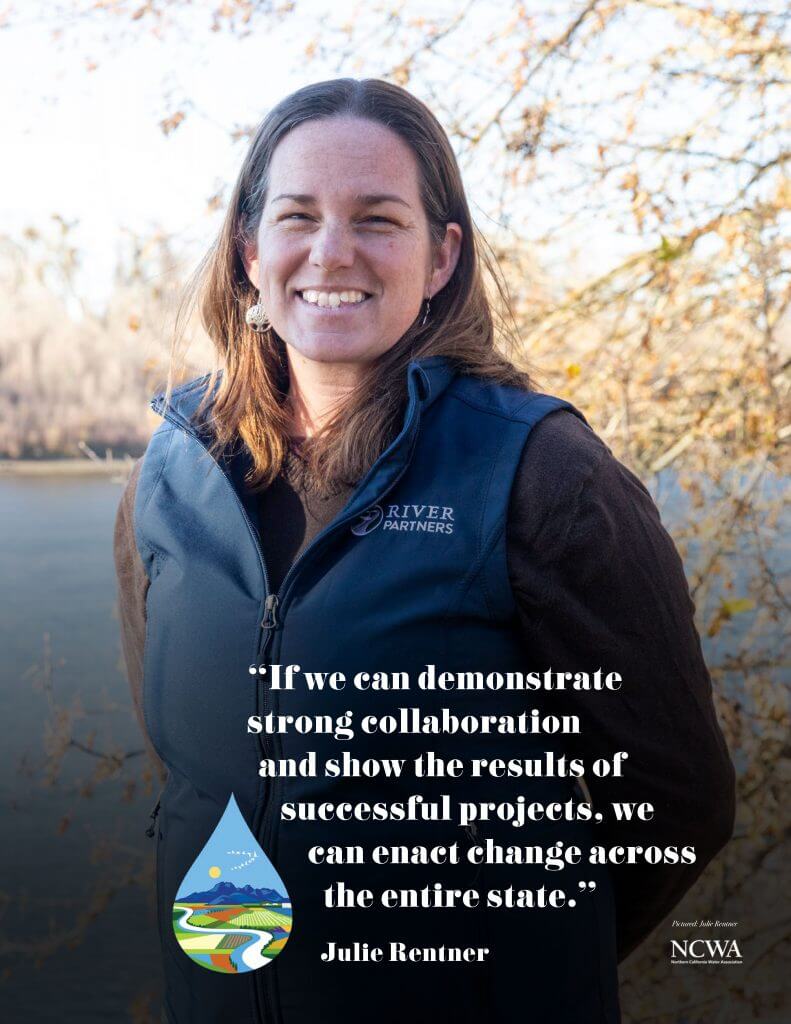
Growing up, Julie Rentner watched the vast rolling hills north of Mt. Diablo in the heart of the Bay Area get gobbled up by tract homes and paved streets. Her favorite playground along Marsh Creek felt like it disappeared overnight.
Her parents saw the hurt in their daughter’s eyes, and offered a bit of hope that would drive young Julie for the rest of her life.
“Your work can change things,” they told her.
That mantra first took her to U.C. Berkeley where she studied forest resources and then onto the University of Hawaii for graduate school. While in the Rainbow State, Julie studied how erosion and sediment coming off the pineapple fields on Oahu’s famed North Shore was leading to the bleaching and destruction of coral reefs, and generating a lot of conflict for tourism and growers.
“We were able to reduce the negative impacts from soil erosion by working with the farmers on cover-crop-runoff solutions,” said Rentner.
There’s a popular term in Hawaiian culture, Ahupua‘a (‘ahoo-poo-ah-ah’), which means a subdivision of land from the mountains to the shore. In the 1200s, Polynesian people began to intensify their agricultural practices.
In doing so, they came to understand the land and water spanning from the mountaintop to the ocean was interconnected. If you alter one, you could have devastating impacts on the fish, birds, plants and water downstream.
Through data and empathy, Julie found ways to work with the Hawaiian farms to make workable changes for the greater good. Today, she is leveraging that same mindset in her role as president of River Partners.
The 20-year-old nonprofit organization brings life back to river landscapes by restoring native ecosystems along some of the most imperiled river corridors in California, including thousands of acres in Northern California. One of her current undertakings lies northwest of the Sutter Buttes, known as Willow Bend.
The site is a crescent moon- shaped parcel that hugs the east bank of the Sacramento River. For years farmers had a tough time turning a profit on the land because of unpredictable flooding. While bad for agriculture, River Partners found this to be perfect for growing young salmon.
While there on the floodplain, the fish are able to feast on millions of tiny zooplankton and other insects, growing stronger for their journey downstream to the ocean.
“If we can articulate exactly what flow rate we want when we want it, paired with proper drainage back into the river, then we create a bountiful feeding ground for endangered Chinook salmon.”

Willow Bend not only serves as a feeding site for fish, but also makes for great waterfowl habitat. Julie believes the space between the river and agricultural lands is a place where we can work to create a new water system that benefits people and wildlife. She views this as a Laulima mentality, which translates from Hawaiian to mean bringing many hands together.
“I’m very optimistic how more and more people are working together to solve our water issues. If we can demonstrate strong collaboration and show the results of successful projects, we can enact change across the entire state.”




